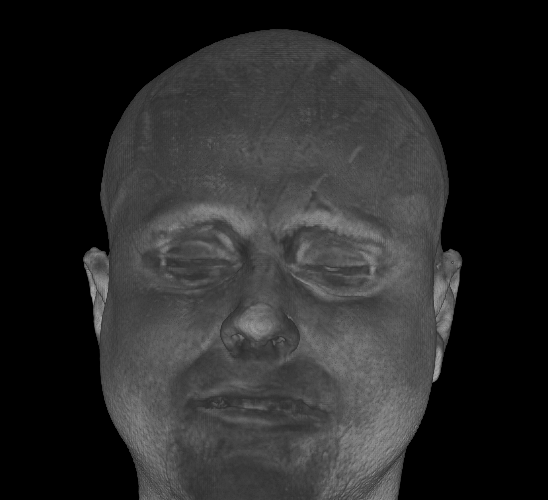Coming from a visualization background, MRtrix tool mrview caught my eye as example of great visualization. So much so that I got people interested in renderings (screenshots really) in a more clinical setting. This is just fine, except that I’d like to automate our processing from start to finish on a cluster. However, mrview uses OpenGL for rendering and is unsuited for “headless” generation of images (see this discussion).
I’ve worked with ParaView (http://www.paraview.org/) extensively. Recently, OSPRay (http://www.ospray.org/) was added to ParaView for high-performance, non-OpenGL rendering. The results are nearly indistinguishable from the VTK renderings. Now, there are some caveats! VTK uses OpenGL 2, so no shaders. OSPRay has a “shader language” in the form of ray-tracing kernels (http://embree.github.io/).
So… the idea would be to make a counterpart tool to mrview that uses OSPRay (or something similar) for rendering. OSPRay implements everything needed to do high quality renderings, can render to a framebuffer for side-by-side display with OpenGL, etc.
There are some “gotchas” with OSPRay, for one, it’s Intel only, and looks like a very difficult beast to compile! However, it comes pre-compiled for the mainstream platforms (Windows, Mac, Linux) as shared libraries, to take away compiler miseries. Development looks very low-level so will take some patience to get it right.
This post is to float the idea past the community, see if there was support for OSPRay or other libraries, and go from there.
My 2¢,
-dan




